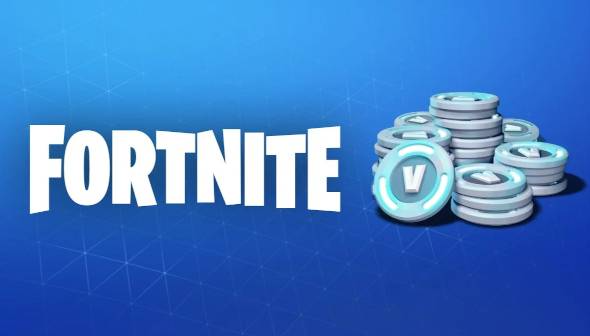A recent research study has revealed that children could be subjected to social exclusion or bullying due to the procurement of in-game items and virtual cosmetics in online gaming. As presented through the Crossplay newsletter and interpreted by ScienceNorway.no, researchers Kamilla Knutsen Steinnes and Clara Julia Reich from the Oslo Metropolitan University, assigned by Norway's Ministry of Children and Family Affairs, delved into exploring how money impacts video gameplay.
The researchers pointed out, "The understanding of social dynamics within children's virtual worlds is still in its early stages. Policymakers and governments globally are keen to learn more about it for regulation purposes. Additionally, considering that video games are a significant part of a child's life, it's important to research more on their digital consumption patterns, particularly in Norway."
Their research concentrated on the gaming influences on children aged between 10 and 15. The findings suggested that the gaming sphere intertwines with the children's everyday activities, blurring the lines between their virtual and physical world. The research suggests, "They merely represent different segments of the social environment these children navigate, where game appearances, such as skins, serve as crucial identity markers."
According to Steinnes and Reich, "The pressure to belong resembles the experiences in different scenarios but manifests in a new way in gaming. Certain children may feel excluded due to insufficient resources like Wi-Fi, gaming equipment, or in-game currency to participate with their friends. They may also attract bullying based on the 'skin' they don for their gaming characters."
They also suggested that game creators have become adept at circulating unescapable marketing content among the players, which contributes to the challenges.
Distinguishing gaming from other leisure activities, they elaborated, "In soccer, children are exposed to commercial content such as banners for football shoes, but this exposure occurs within a limited time frame in a physical context, like during a training session on a football field."
"In contrast, video game makers use a myriad of customized marketing tactics to incessantly target children, playing on their need to belong and express individuality. Furthermore, we've identified the use of deceptive design strategies or 'dark patterns' in gaming, coupled with a lack of regulation. All these factors show that online consumer protection for minors falls short compared to the physical world."
Interestingly, some children were even clueless about the actual money they were spending, especially in games like Fortnite (V-bucks) and Roblox (robux), that intentionally camouflage real-world currency.

Steinnes and Reich shared, "Children reported various self-devised strategies to avoid commercial manipulation, like not visiting the in-game shop or opting to perform chores instead of playing video games. On top of the commercial pressure, social influence also played part, pushing kids to keep abreast of skin-trends and to fit in with their peers in the gaming world."
In relation to these issues, forging a precedent, Epic Games, the creator of the massively successful game Fortnite, were directed last year to refund $245 million to its users over "unwanted" purchases. The verdict was the result of charges framing the company of "using dark patterns to scam players into making unwanted purchases" and allowing minors to accumulate unauthorised charges without any parental consent.
Don’t miss out on what else we’ve got on XP Gained!
We offer daily Xbox, Playstation, Nintendo, PC , Steam Deck and other Gaming News. We have it all covered.
Sign up to comment or follow us on X (formerly Twitter).










